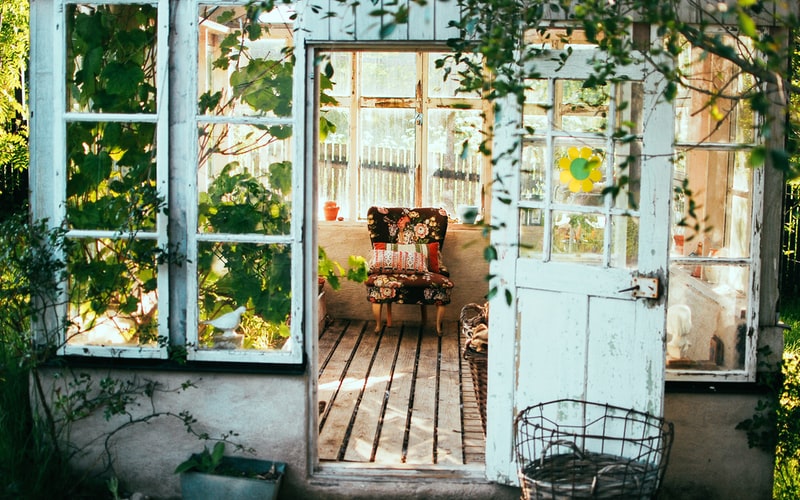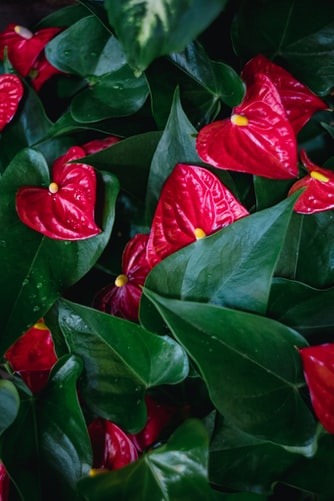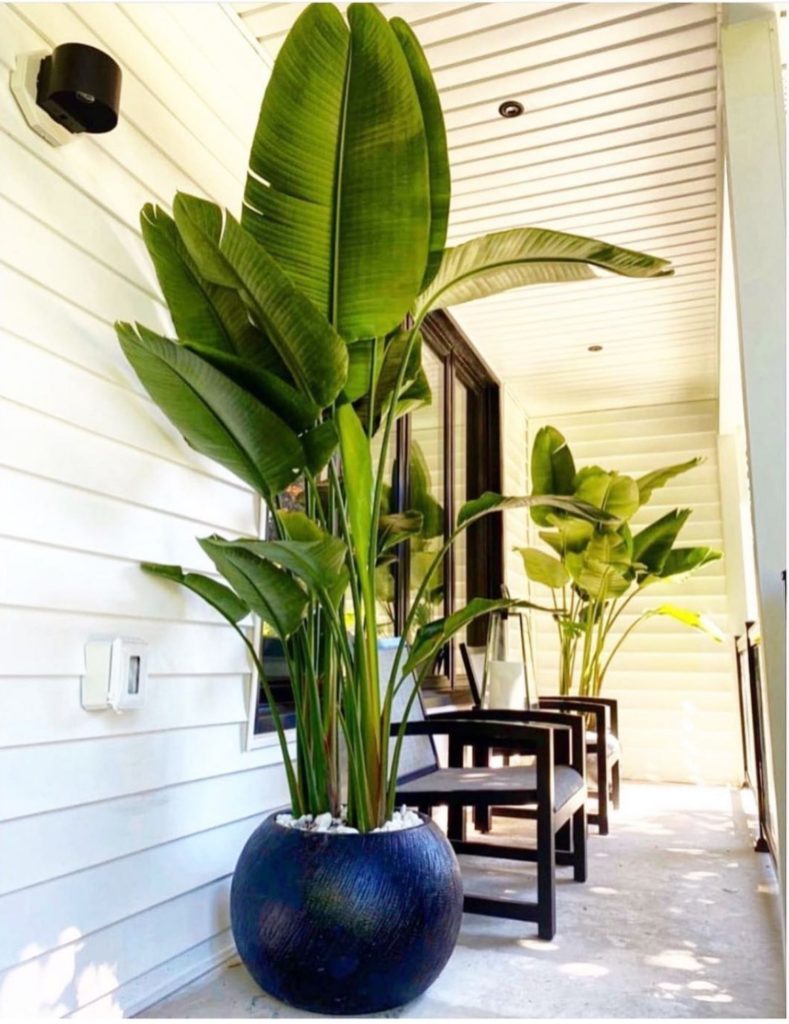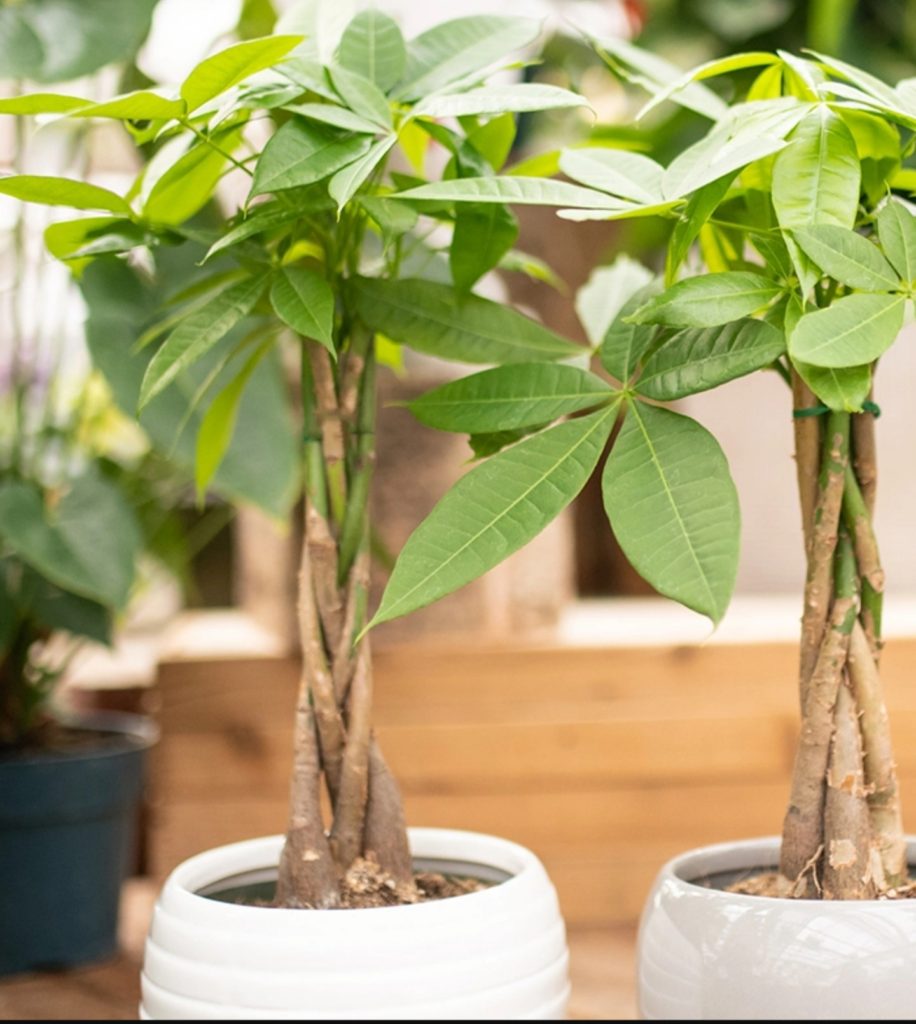
Hey,
How was your week? Earlier this week I went plant shopping, and my myself a little of zen by adding new and fresh plants to my space. Here are the four best indoor plants that I think are super low maintenance. Here goes:
- Anthurium

Description: The “flowers” of the Anthurium are some of the longest-lasting on earth, which means that beautiful and dazzling colours will last long in your home. The Anthurium with its open heart-shaped flower symbolizes hospitality and brings happiness and abundance.
Here’s a little secret: the beautiful heart-shaped “flowers” are not flowers! The heart-shaped flower is a spathe.
Light: Bright indirect light (direct sunlight will scorch the leaves and flowers!). Next to an East or West facing window, or a couple of feet away from a South facing window.
Water: Once every 4-6 days. Never let the soil dry out completely. Anthuriums like to have their soil moist but not soggy (no overwatering).TIP: mist the top layer every day to keep them happy and fresh, especially in a dry climate.
Humidity: 65°F/18.3°C – 75°F/23.8°C Anthurium loves being misted with a light spray of lukewarm water often. Cleaning lightly with a gentle sponge is advised, which improves humidity – and makes it look healthy!!
Temperature: Preferred temperatures between 65-80 degrees during the day and no cooler than 60 degrees at night. Avoid placing your plants near heating and air conditioning vents and fans.
Additional Care: Quickly remove fading or dying flowers as it helps the plant focus its energy on new growth. Give your Anthurium a six-week rest during the winter. Lower temperatures, less light, and drier soil during this time help an Anthurium produce more flowers in the spring and summer.
2. Calathea Ornata

Description: Calathea plants are tropical plants. When you look at Calathea Ornata, you can’t help but think the stunning purple patterns on the leaves are a painting. these plants raise their leaves during the night as if they were praying, earning them the nickname “prayer plant.”
Light: They should get medium to bright indirect light; keep out of direct sunlight. When it gets direct sunlight for too long, the beautiful leaves start to fade.
Water: Water thoroughly; allow the top inch of soil to dry before watering. Discard any water accumulated in the saucer.
Humidity: 50-65%. Calathea needs a spot with ample moisture. Brown edges on the leaves indicate the air is too dry. Mist often, add a bowl of water or place a humidifier close by.
Temperature: Preferably between 65-85 degrees. Enjoys the warmth. Maintain indoor temperatures above 60 degrees and avoid sudden temperature changes.
Additional Care: These plants can be sensitive to harsh chemicals in tap water. If you notice a tip or edges of your Calathea are burned or are yellow, it could be due to your tap water. To solve this, use distilled filtered water, rainwater, or allow your tap water to stand overnight before watering so the chlorine and fluoride can evaporate. Remove any yellow leaves to keep your plant healthy. Clean leaves occasionally with a damp cloth.
3) Birds of Paradise

Description: Bird of Paradise is considered the queen of the indoor plant world. This large, upright plant adds a rich, tropical flair to your space, one of the best-known tropical flowers and is a cousin to the banana. Shockingly, the bird of paradise is easier to grow than many tropical plants.
Light: Prefers bright direct light/ sunlight.
Water: when the top 50% of the soil is dry and regularly throughout the week.
Humidity: 40-50%, and appreciates the occasional misting, removing the dust from its glossy dark leaves.
Temperature: prefers average indoor temperatures of 65-80 degrees.
Additional Care: If your plant’s leaves begin to turn brown along the edges, it may be caused by chemicals in your tap water. Use filtered water, or leave tap water in an open container overnight before watering to allow some of the chemicals to evaporate.
4) Money Tree:

Description: The Money Tree is a perfect indoor plant to give your home a tropical feel. It gets its name from the Feng Shui belief that it will bring positive energy, fortune, and good luck to the owner. Fun Fact: It has been said the Money Tree may reduce stress, anxiety, and may also help relieve sleeping disorders.
Light: Medium to bright indirect light; keep out of direct sunlight
Water: Money Tree prefers deep but infrequent watering. Water when the top half of the soil is dry. To prevent root rot, make sure your plant is never standing in water.
Humidity: 50-60%, requires bit of extra humidity so increase the humidity in the winter months with a pebble tray or a humidifier. It will also appreciate regular misting year-round.
Temperature: 65-80 degrees.
Additional Care:
Try not to move your Money Tree very often, they prefer to stay in the same spot. If you do need to relocate, you may see a bit of leaf drop. Not to worry—it will adjust.
P.S.
(Picture Credits (in the order they appear) 1) Unsplash 2) Art Terraium 3) Torontoparadiseplants 4)West Coast Gardens, Featured image: Arno Smit )

Thanks for the post. I’m definitely planning to add all 4 to my existing collection. I currently have cat palm and it definitely gives me those zen vibes
Margella
Beautiful selection and the care tips are so helpful. I can’t wait to add these to my growing plant collection at home. Thank you!
Really the care tips are very helpful thank you